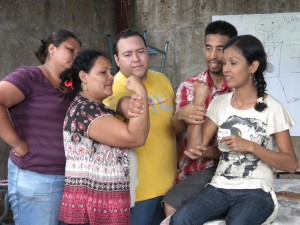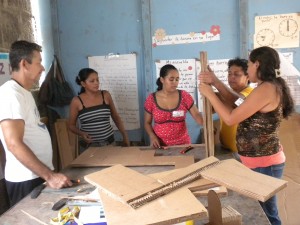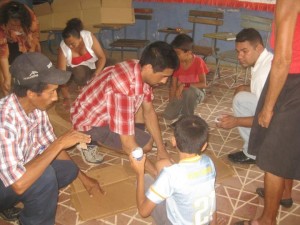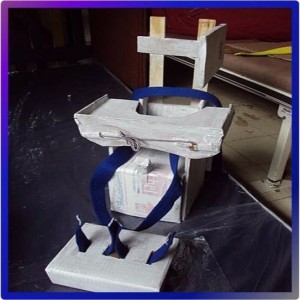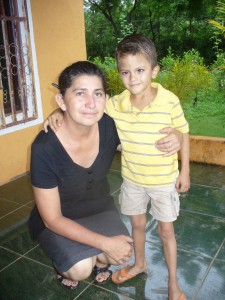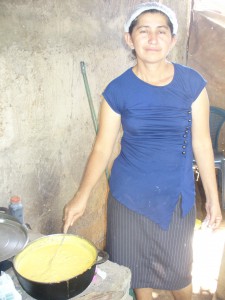The Board Discovers the Adaptability of Cardboard
/ After working closely with Physical Therapist Andrew Suseno to provide workshops on adaptive design and basic rehabilitation in Tipitapa, our Board of Directors was eager to learn more about how cardboard, a ubiquitous material worldwide that is very strong and highly versatile, could be used to improve lives.
So when we were all invited to visit New York-based organization Adaptive Design, which engages children and families in adaptive design solutions that enhance the developmental, social and academic potential of children with disabilities, we were very excited, and also very curious…
After working closely with Physical Therapist Andrew Suseno to provide workshops on adaptive design and basic rehabilitation in Tipitapa, our Board of Directors was eager to learn more about how cardboard, a ubiquitous material worldwide that is very strong and highly versatile, could be used to improve lives.
So when we were all invited to visit New York-based organization Adaptive Design, which engages children and families in adaptive design solutions that enhance the developmental, social and academic potential of children with disabilities, we were very excited, and also very curious…
Adaptive Design runs their office and workshop from the heart of Manhattan, and as you look around you start to realize how many things are made of… cardboard! The seats we were all sitting on, in a variety of customized designs, footrests and a storage unit/office desk which covered an entire wall. Before letting us loose in the workshop, Executive Director and Founder Alex Truesdell explained how important and relevant the organization is throughout society – it investigates ways to integrate people with disabilities, it is not only environmentally friendly but also environmentally sustainable, and it offers grassroots solutions for tackling all these issues, bringing together therapists, teachers, parents, students and children. Two short videos, Among the Giants and A World of Difference with Cardboard provide an inspiring introduction to their work, and leave you wanting to know more about how you could help.
Alex began the workshop by building a simple box – at least, she made it look simple! But once we had learned the basic skills through narrating her actions as she glued, cut, perforated and bended the cardboard, we were on our way to creating our own “adaptive designs”. By not using verbal cues when teaching us how to build, Alex had demonstrated that sharing the skills of working with cardboard was not dependent on speech, and linguistic barriers can be broken down. This is especially relevant to our work in Tipitapa.
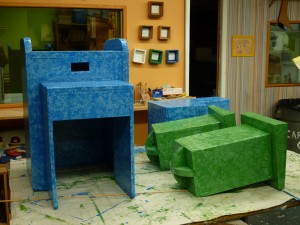 Within the hour, most of us had made a box out of cardboard, the only rule being that the box could not be four sided. The chairs, stools, tables and cardboard educational tools around us started to make sense as we learned how to seal any gaps, make curved edges, and increase the strength. A coat of Primer and then paint further secure the cardboard structures from deteriorating over time or water damage, creating a durable, colorful, fun piece of equipment. We will be showing some of these at our Fall Fiesta – please do come and take a look!
Within the hour, most of us had made a box out of cardboard, the only rule being that the box could not be four sided. The chairs, stools, tables and cardboard educational tools around us started to make sense as we learned how to seal any gaps, make curved edges, and increase the strength. A coat of Primer and then paint further secure the cardboard structures from deteriorating over time or water damage, creating a durable, colorful, fun piece of equipment. We will be showing some of these at our Fall Fiesta – please do come and take a look!
With huge thanks to Alex Truesdell, Kathy Goldman, Andrew Suseno and the team at Adaptive Design for this fantastic opportunity. For more information please visit the Adaptive Design website: www.adaptivedesign.org.


